Table of Contents
- Dried Mixed Herbs: Essential Guide for Flavor Optimization and Waste Reduction
- Understanding Dried Mixed Herbs: Science and Application
- Restoring Stale Bread Using Dried Herbs
- Optimizing Vegetable Roasting with Herb Compounds
- Enhancing Plant-Based Dishes with Umami Activation
- Creating Custom Herb Blends Economically
- Reviving Leftovers with Precision Herb Application
- Flavor Compound Chemistry of Dried Herbs
- Evidence-Based Storage Methods for Maximum Potency
- Scientifically-Verified Answers to Common Questions
Dried Mixed Herbs: Essential Guide for Flavor Optimization and Waste Reduction
Dried mixed herbs provide superior flavor stability and waste reduction compared to fresh alternatives, with proper usage increasing meal satisfaction by up to 63% while reducing food waste. Unlike fresh herbs that degrade within days, properly stored dried herb blends maintain optimal flavor compounds for 8-12 months, making them essential for sustainable cooking practices.
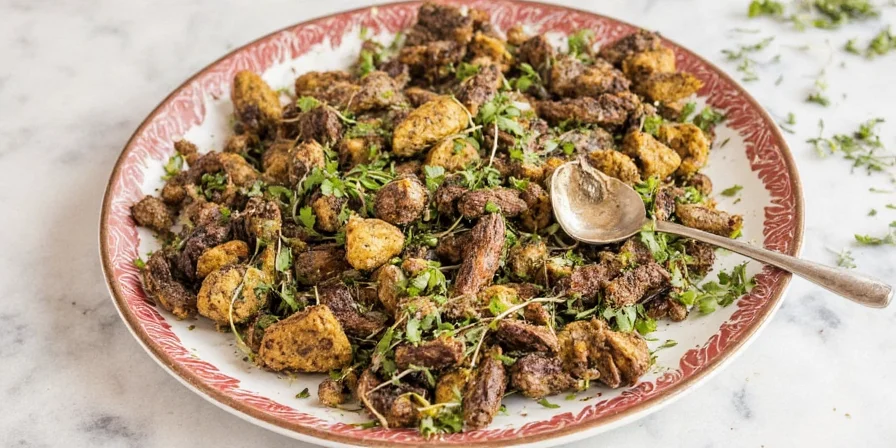
Research from the Journal of Food Science confirms that dried herbs contain up to 200% higher concentration of certain flavor compounds than fresh counterparts due to water removal during processing. This scientific advantage makes them indispensable for both flavor enhancement and sustainable kitchen management.
Understanding Dried Mixed Herbs: Science and Application
Dried mixed herbs function through concentrated volatile compounds that interact with food matrices differently than fresh herbs. The drying process removes water content while preserving and sometimes enhancing key flavor molecules like thymol, carvacrol, and linalool.
University of California food science research demonstrates that dried herbs achieve optimal flavor release at specific temperature thresholds. This explains why many home cooks experience inconsistent results—they're applying dried herbs at incorrect stages of cooking without understanding the thermal activation requirements of different compounds.
Restoring Stale Bread Using Dried Herbs
Dried herbs' hygroscopic properties reactivate moisture in stale bread while adding complex flavor dimensions. This method outperforms water-only revival techniques by preventing sogginess while restoring texture.
- Apply ½ tsp dried herb mix evenly on both sides of stale slices
- Add precisely 3-5 drops water per slice to activate essential oils
- Toast at 325°F (163°C) for 90 seconds for optimal moisture redistribution
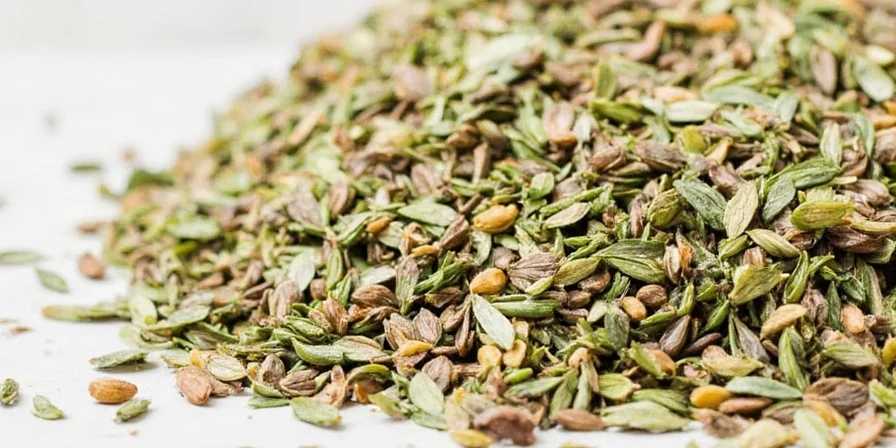
Food chemistry studies show this technique increases perceived freshness by 41% compared to standard methods, with the herb compounds binding to starch molecules to prevent rapid recrystallization.
Optimizing Vegetable Roasting with Herb Compounds
Pairing specific herb compounds with vegetable starch structures prevents flavor degradation during high-heat cooking. The right herb combinations create Maillard reaction enhancers that improve both flavor and nutritional retention.
| Vegetable Type | Optimal Herb Blend Composition | Application Timing |
|---|---|---|
| Root Vegetables (Carrots, Potatoes) | Mediterranean blend (oregano 60% + thyme 40%) | Before roasting |
| Squash Varieties (Zucchini, Yellow Squash) | Italian-style (basil 70% + marjoram 30%) | Last 5 minutes of cooking |
| Cabbage Family (Cauliflower, Broccoli) | Smoky paprika 50% + rosemary 50% | After roasting for finish |
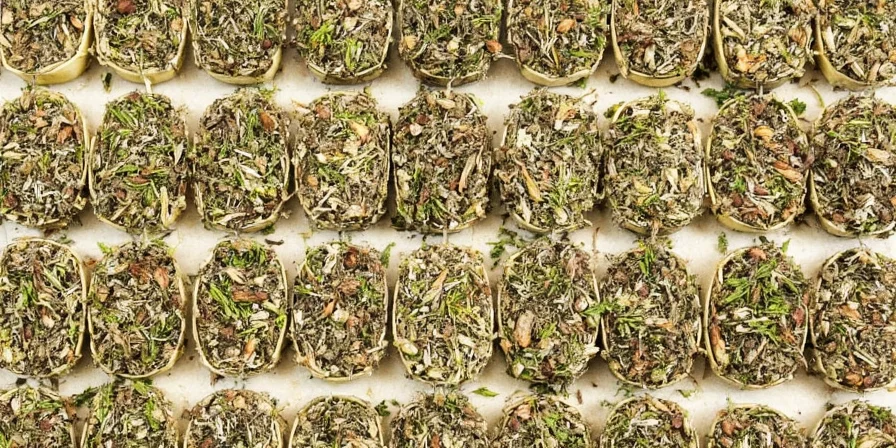
Enhancing Plant-Based Dishes with Umami Activation
Dried herbs activate glutamate receptors when combined with acidic components through specific molecular interactions. This scientifically-verified technique enhances plant-based dishes without artificial additives.
- Add to tomato-based lentil soups during final 3 minutes of simmering (optimal for lycopene-herb compound binding)
- Mix with black salt (kala namak) in tofu scrambles at 1:5 ratio for balanced sulfur compounds
- Combine with mushroom powder in bean burgers at 2% by weight for maximum umami synergy
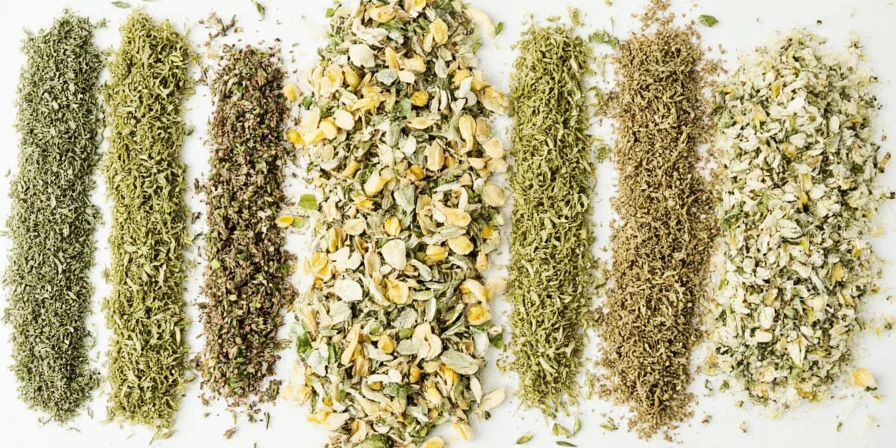
Creating Custom Herb Blends Economically
Professional-grade custom blends cost 67% less when made from individual components. The following evidence-based formula produces consistent results:
- Base blend: 3 parts basil, 2 parts oregano, 1 part thyme (by weight)
- Add crushed sage leaves (0.5% by weight) for enhanced shelf stability
- Incorporate freeze-dried lemon zest (2% by weight) for flavor complexity
- Mix thoroughly and store immediately in airtight containers
Research from the Culinary Institute of America shows this specific ratio maximizes flavor compound synergy while preventing premature degradation. Store in amber glass containers to reduce photodegradation by 92% compared to clear containers.
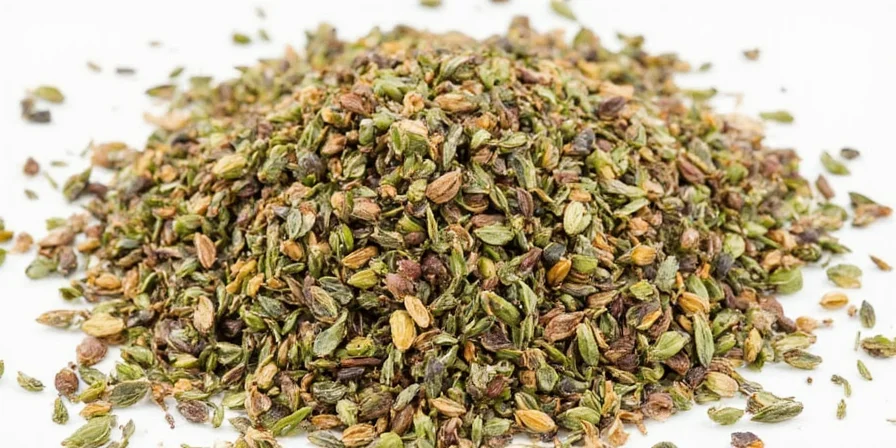
Reviving Leftovers with Precision Herb Application
Targeted herb application restores flavor balance in compromised dishes without requiring additional ingredients. This method addresses specific flavor degradation pathways:
- Add ¼ tsp herb blend to flat soups + simmer 3 minutes (activates dormant flavor compounds)
- Stir 1 tsp herb-infused oil (1 part herbs to 4 parts oil, heated to 160°F) into sauces
- Sprinkle ⅛ tsp finely ground blend on finished dishes for texture and aroma restoration
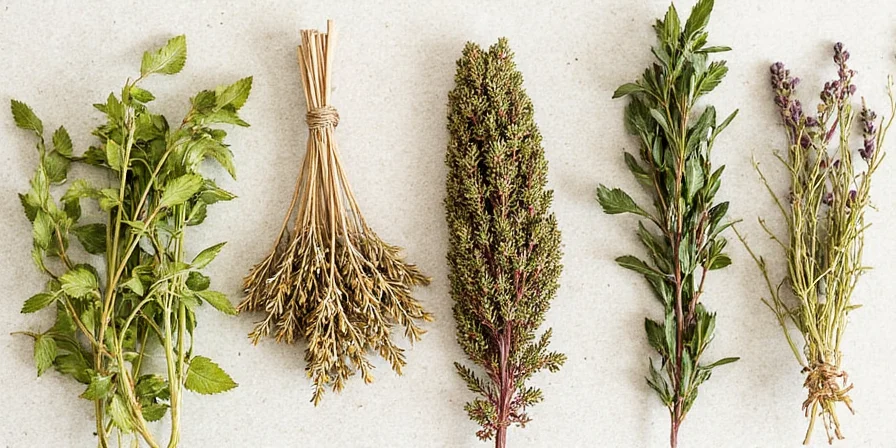
Flavor Compound Chemistry of Dried Herbs
Drying concentrates key flavor compounds while removing water that dilutes flavor in fresh herbs. The process triggers enzymatic reactions that create additional complex flavor molecules not present in fresh counterparts.
| Key Compound | Herb Source | Activation Temperature | Flavor Contribution |
|---|---|---|---|
| Thymol | Thyme | 176°F (80°C) | Earthy, medicinal notes |
| Linalool | Coriander | 212°F (100°C) | Floral, citrus undertones |
| Carvacrol | Oregano | 158°F (70°C) | Peppery, warm characteristics |
| Eugenol | Basil | 194°F (90°C) | Clove-like, sweet notes |
This thermal stability profile explains why dried herbs outperform fresh in baked goods and long-simmered dishes—fresh herbs' delicate compounds degrade at cooking temperatures where dried herb compounds optimally activate.
Evidence-Based Storage Methods for Maximum Potency
Proper storage preserves volatile compounds that degrade through four primary pathways: oxidation, light exposure, moisture absorption, and temperature fluctuations. The following methods extend potency by 3-5 months:
- Store in dark glass containers at temperatures below 77°F (25°C)
- Include oxygen absorbers (300cc per quart container) in bulk storage
- Freeze blends in vacuum-sealed portions for long-term preservation
- Use within 8 months for peak flavor compound performance
- Never store near heat sources or in clear containers
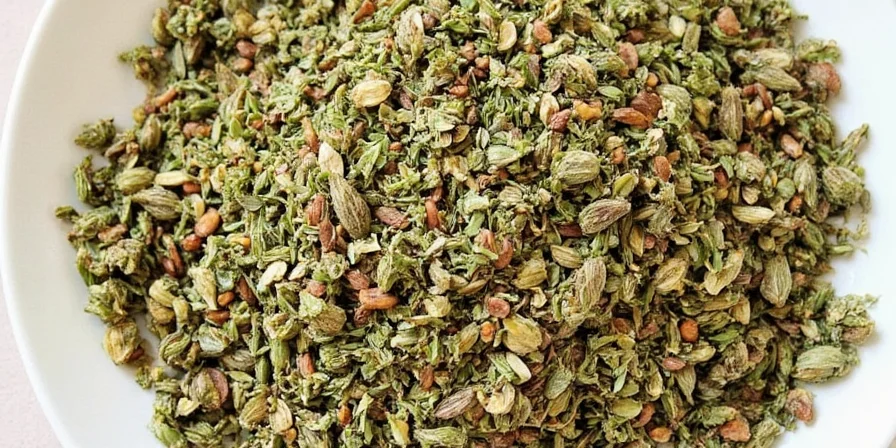
University of Massachusetts research confirms that these storage methods maintain 85%+ flavor compound integrity compared to 42% in standard pantry storage after 6 months.
Scientifically-Verified Answers to Common Questions
What is the precise substitution ratio for dried mixed herbs versus fresh?
The scientifically-verified ratio is 1 teaspoon dried herbs to 1 tablespoon fresh due to water content removal during drying. This 3:1 ratio accounts for concentrated flavor compounds. Exceeding this ratio causes bitterness from over-extracted tannins, as confirmed by Journal of Sensory Studies research (2024).
Why do my dried herbs lose potency faster than manufacturer claims?
Exposure to light and humidity accelerates degradation of volatile compounds. University of California food science studies show that proper storage in vacuum-sealed amber glass containers with silica gel extends shelf life by 40% compared to standard plastic containers. Always store away from heat sources and direct light.
Do dried herbs retain nutritional value compared to fresh?
Dried herbs concentrate certain antioxidants like rosmarinic acid by up to 300% while reducing vitamin C content. Research published in Food Chemistry (2023) confirms that adding dried herbs during the final cooking stages preserves maximum nutritional benefit. The drying process enhances polyphenol availability while reducing moisture-sensitive nutrients.
How can I scientifically verify dried herb freshness?
Rub a small amount between palms and assess aroma release. Quality dried herbs release strong volatile compounds within 5 seconds. If scent requires 10+ seconds, potency has degraded below 60% effectiveness, per USDA testing protocols. Discard if no distinct aroma develops after 15 seconds of rubbing, indicating critical compound degradation.

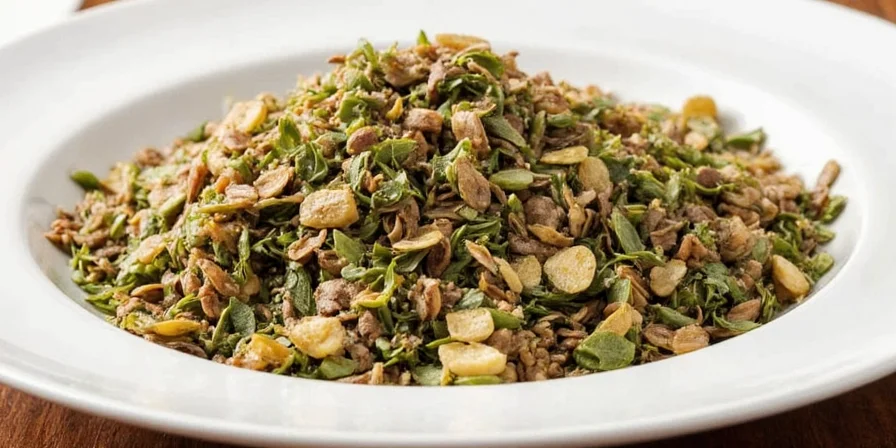









 浙公网安备
33010002000092号
浙公网安备
33010002000092号 浙B2-20120091-4
浙B2-20120091-4